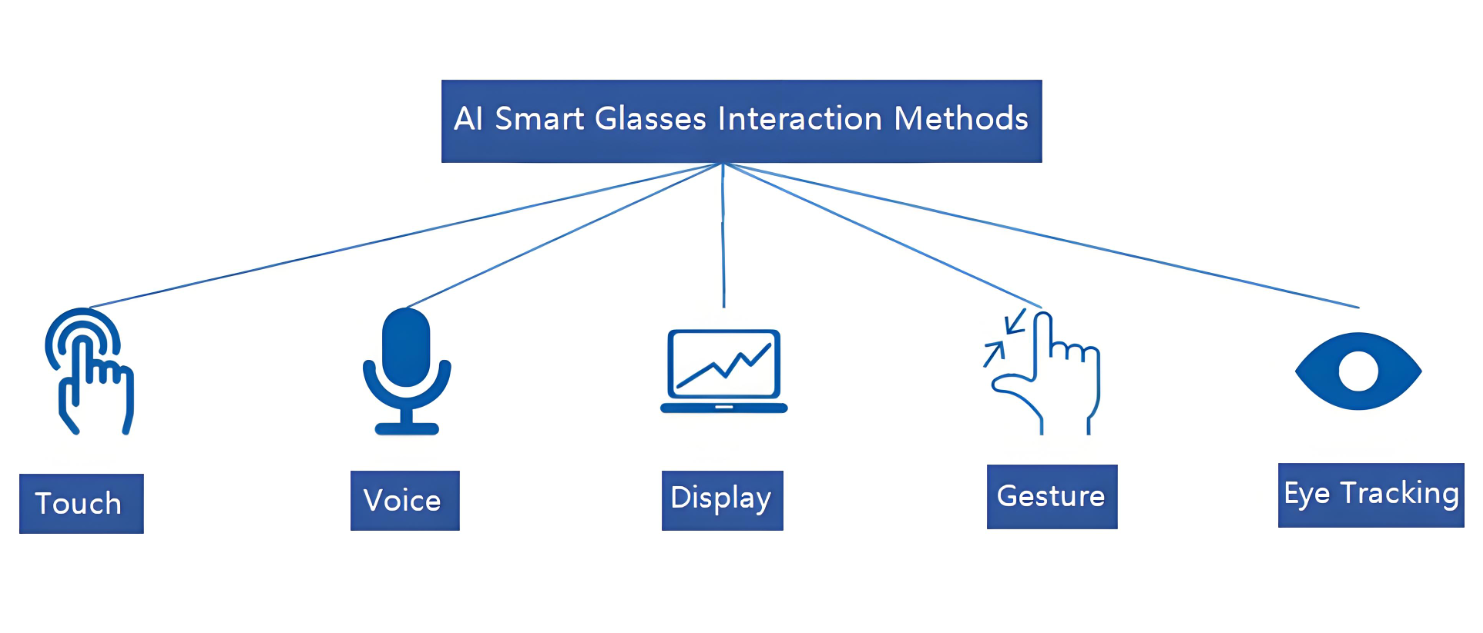
AI Glasses vs. AR/VR Glasses : A Comparative Overview
AI glasses are characterized by their focus on optimizing voice interaction, prioritizing visual freedom, and ensuring wearing comfort.
(1) AI Glasses vs. AR Glasses
AI glasses are considered a transitional product toward AR (Augmented Reality). Compared to AR glasses, AI glasses eliminate the optical display module to achieve a lighter weight, lower cost, and more comfortable wearing experience. By starting with basic user needs—such as voice assistance and ambient awareness—they lower the barrier to adoption.
In simple terms:
-
AI Glasses = Glasses + Earbuds + Camera + AI
-
AR Glasses = Glasses + Earbuds + Camera + AI + Display
(2) AI Glasses vs. VR Glasses
AI glasses serve as an assistive reality tool, enhancing the real world with lightweight, portable, and low-power features, primarily relying on voice interaction. In contrast, VR (Virtual Reality) glasses immerse users in a fully digital environment, creating a sense of presence through high-resolution displays—such as Apple’s Vision Pro.
To summarize:
-
AI Glasses = A smart assistant for the real world
-
VR Glasses = A gateway to the virtual universe
This comparison highlights how AI glasses prioritize practicality and accessibility, while AR and VR focus on immersive digital experiences. As technology evolves, these devices may converge, but for now, they cater to distinct user needs.
